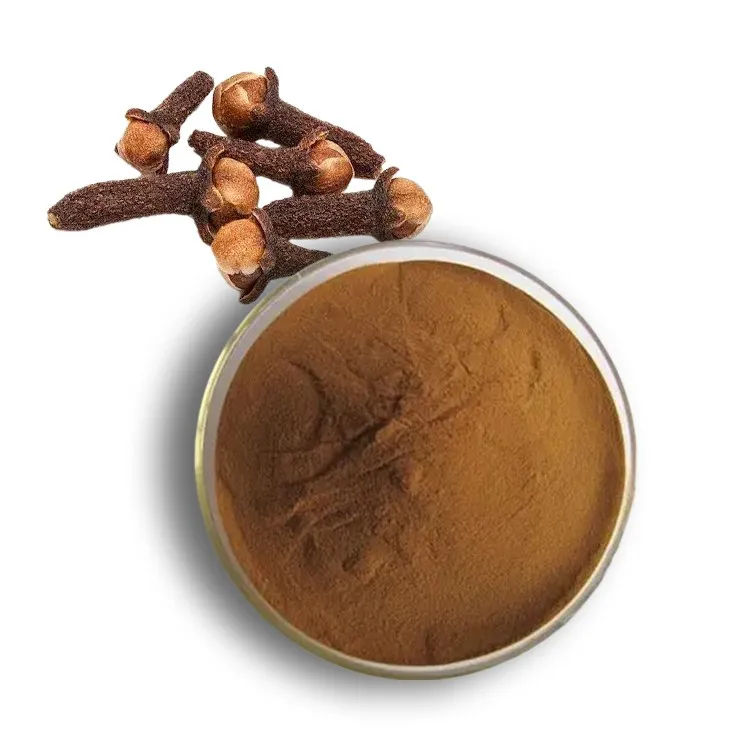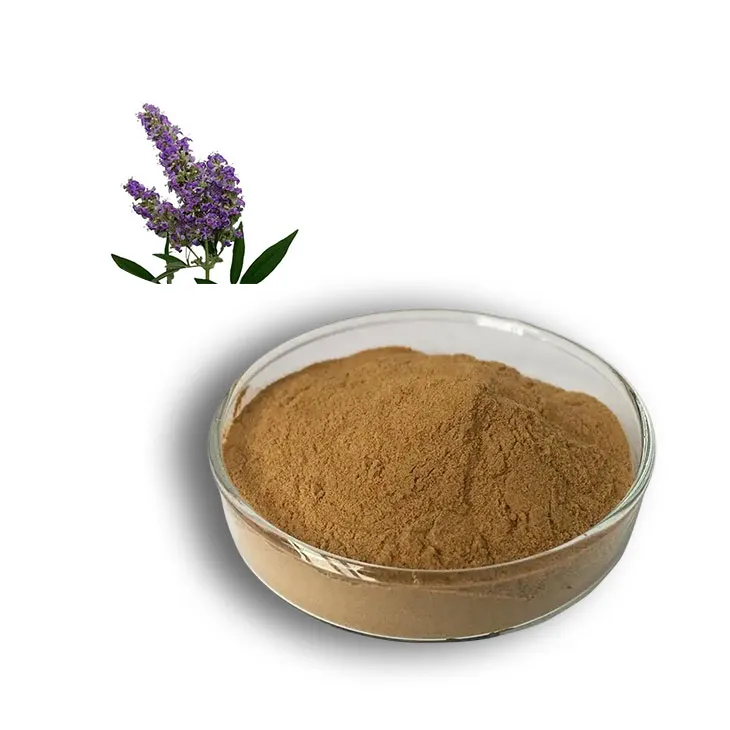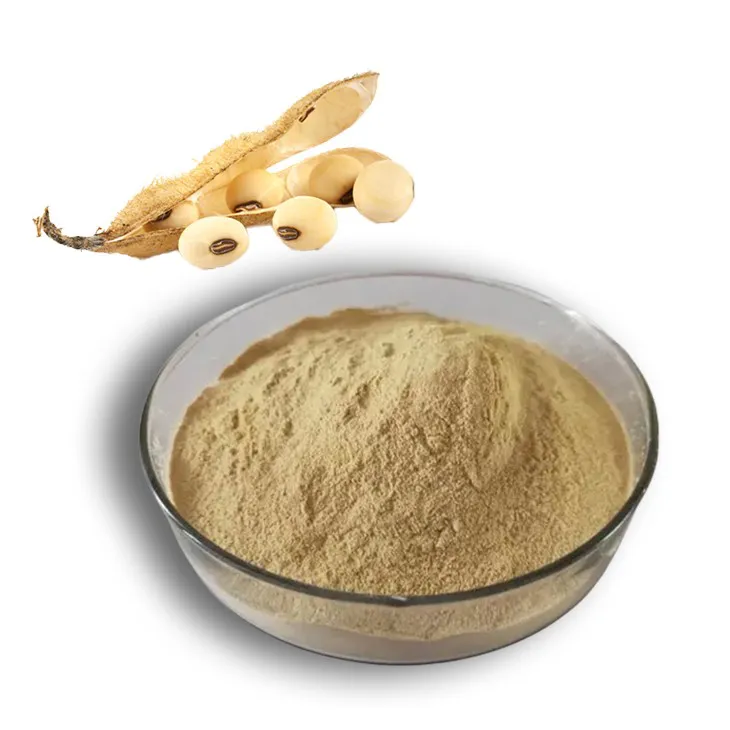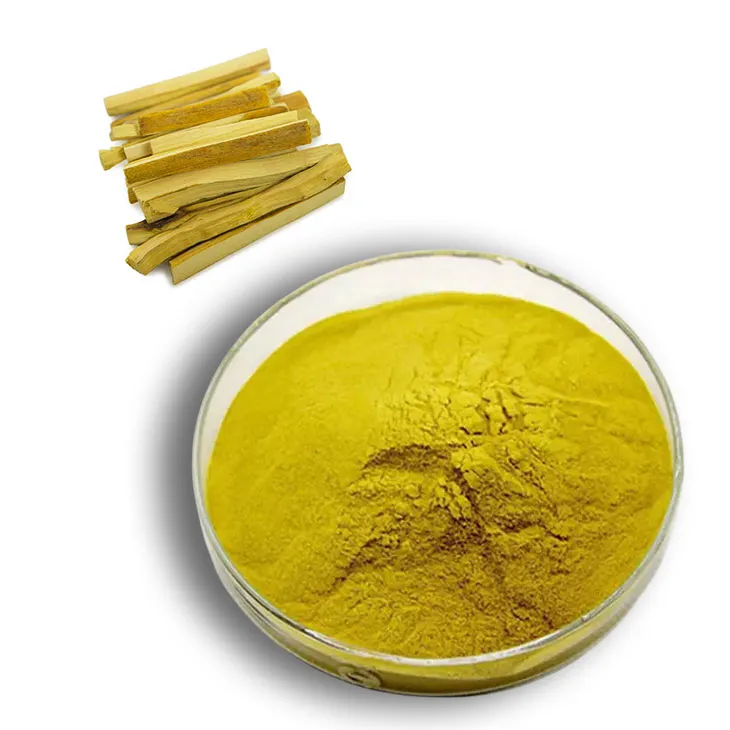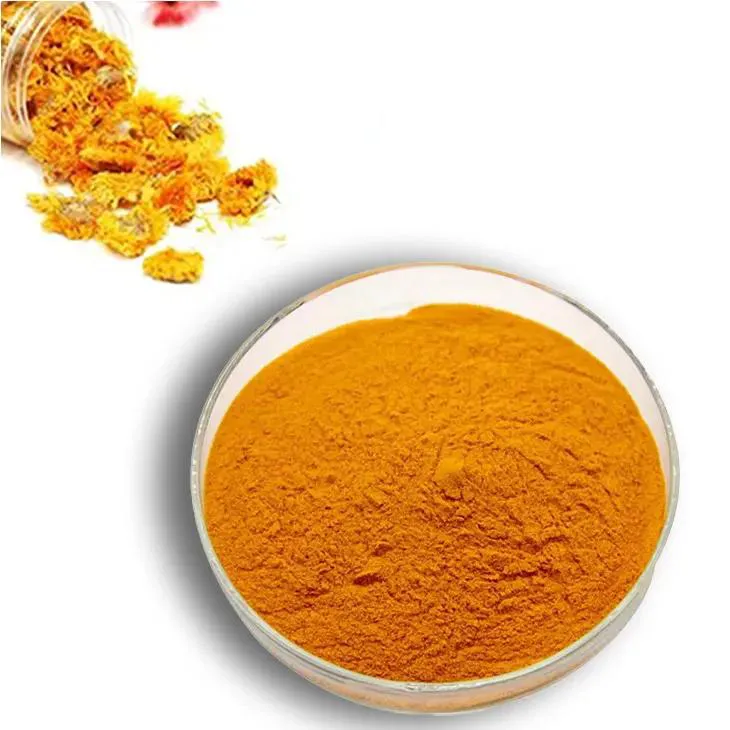- 0086-571-85302990
- sales@greenskybio.com
What Is the Medication Hesperidin Used For? A Comprehensive Review
2025-09-25
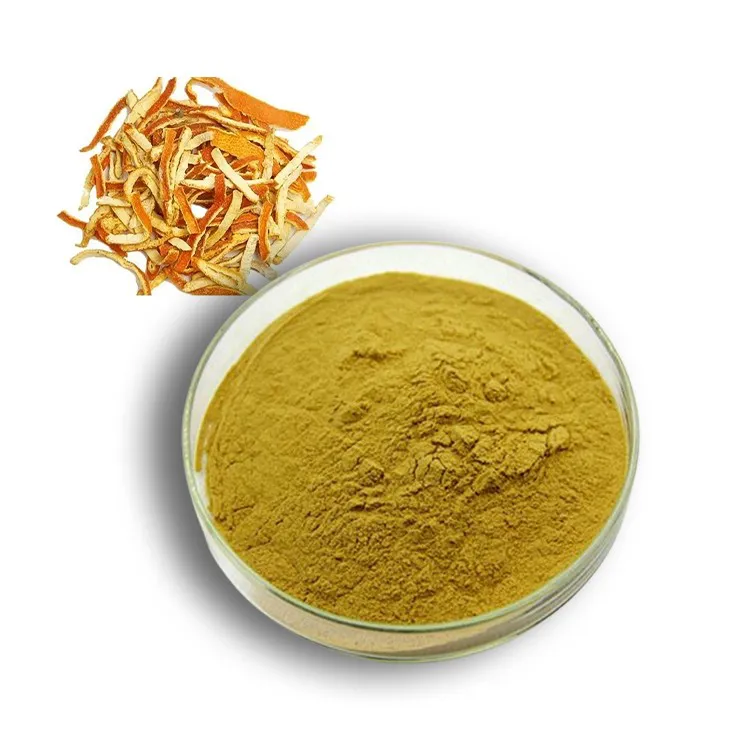
Hesperidin, a naturally occurring flavonoid found primarily in citrus fruits such as oranges and lemons, has captured growing interest in both the nutraceutical and pharmaceutical worlds for its distinctive health benefits. Although present in food for centuries, Hesperidin is increasingly formulated as a medication or dietary supplement to target specific vascular and inflammatory conditions. What exact role does this unique flavonoid play in medicine? What are the clinical uses, supporting scientific evidence, safety profile, and practical considerations for Hesperidin therapy? This article provides a detailed, evidence-based exploration of hesperidin as a medication in modern healthcare.
What Is Hesperidin? Chemical Nature and Sources
Hesperidin is a bioflavonoid—more specifically, a glycoside of the flavanone hesperetin—concentrated in the peels and albedo (the white part) of citrus fruits. It is commonly extracted from oranges, tangerines, lemons, and grapefruits. In nature, hesperidin works to protect plants against environmental stressors, and when consumed by humans, it exerts important antioxidant, anti-inflammatory, and vasoprotective actions.
Pharmaceutical preparations of hesperidin often use purified or micronized forms for enhanced absorption and biological effects. It may be used alone or, more commonly, in combination with another citrus bioflavonoid, Diosmin.

Mechanism of Action: How Hesperidin Affects the Body
Hesperidin’s broad therapeutic activity is rooted in several mechanisms:
Antioxidant Activity: Neutralizes free radicals and reduces oxidative stress, protecting cells and tissues from damage.
Anti-inflammatory Effects: Suppresses pro-inflammatory mediators, modulating inflammatory responses.
Vasoprotective Action: Strengthens capillary walls, reduces permeability, and improves venous tone.
Microcirculation Enhancement: Facilitates improved blood flow in peripheral tissues.
Modulating Lipid Metabolism: May help regulate cholesterol and triglyceride levels.
These mechanisms mean hesperidin may be effective for vascular, inflammatory, metabolic, and immune-related conditions.

Principal Medical Uses of Hesperidin
Chronic Venous Insufficiency (CVI), Varicose Veins, and Hemorrhoids
The most prominent and medically recognized use of hesperidin is in the management of CVI—a disorder characterized by impaired blood flow in the leg veins, resulting in swelling, pain, heaviness, and sometimes skin changes and ulcerations.
Hesperidin, especially when combined with Diosmin, is prescribed as a venoactive medication to:
Reduce symptoms such as leg heaviness, swelling, and cramps
Improve microcirculation
Strengthen the vascular wall and reduce capillary permeability
Speed the healing of venous ulcers
Lower recurrence risk of hemorrhoid flare-ups
Hemorrhoids, swollen and inflamed veins in the anus and lower rectum, share similar vascular pathology. Hesperidin, often in combination with Diosmin, is used as a short-term medication to reduce pain, swelling, bleeding, and duration of symptoms, sometimes in parallel with topical and surgical treatments.
Key Evidence: Multiple randomized clinical trials and meta-analyses have shown the efficacy of hesperidin-diosmin combinations in relieving symptoms, promoting healing, and improving overall vascular tone in CVI and hemorrhoid patients. European guidelines for venous disease routinely recommend this approach.
Microcirculatory Disorders
Hesperidin is considered helpful in conditions where poor peripheral circulation leads to symptoms such as cold extremities, numbness, and skin leg ulcers. Its ability to reduce capillary permeability and promote vasodilation supports improved blood flow in these areas.
Capillary Fragility and Easy Bruising
Individuals who experience easy bruising, nosebleeds, or chronic capillary bleeding—often due to weak or permeable blood vessels—may benefit from hesperidin’s capacity to reinforce vessel integrity and reduce susceptibility to rupture.
Adjunctive Therapy in Hypertension and Cardiovascular Disease
Although not a stand-alone blood pressure medication, hesperidin has demonstrated modest effects in lowering blood pressure and improving lipid profiles in preliminary studies. Its antioxidant and anti-inflammatory properties contribute to endothelial health.
Anti-Inflammatory and Antioxidant Support
Emerging use cases include hesperidin’s potential to reduce systemic inflammation and oxidative stress, which play key roles in conditions such as atherosclerosis, diabetes, metabolic syndrome, and even neurodegenerative disorders.
Immune Modulation and Allergy Management
Some experimental research suggests hesperidin may modulate cytokine and mast cell activity, supporting the management of allergic rhinitis, asthma, and other allergic conditions. However, evidence in humans remains limited.
Other Investigational Applications
Early studies are exploring hesperidin’s use in:
Supporting bone health and osteoporosis risk
Improving cognitive function and neuroprotection
Adjunct to antiviral therapies (including colds and flu)
Most of these uses remain experimental or supplementary and are not yet part of standard medical practice.

Hesperidin as a Medication: Formulations and Dosage
Medical hesperidin is available as:
Tablets or capsules: Typically combined with diosmin (e.g., 450 mg diosmin and 50 mg hesperidin per tablet)
Micronized purified flavonoid fraction (MPFF): Enhanced absorption formula used in Europe and increasingly globally
Dose: For venous insufficiency and hemorrhoids, the usual adult dose is 500–1000 mg of MPFF daily, often divided into two doses, taken with meals. Acute hemorrhoid episodes may use higher short-term dosages as directed by a physician.
Duration of therapy varies: for chronic veins, 2–6 months is typical; for hemorrhoid flare-ups, 7–14 days.
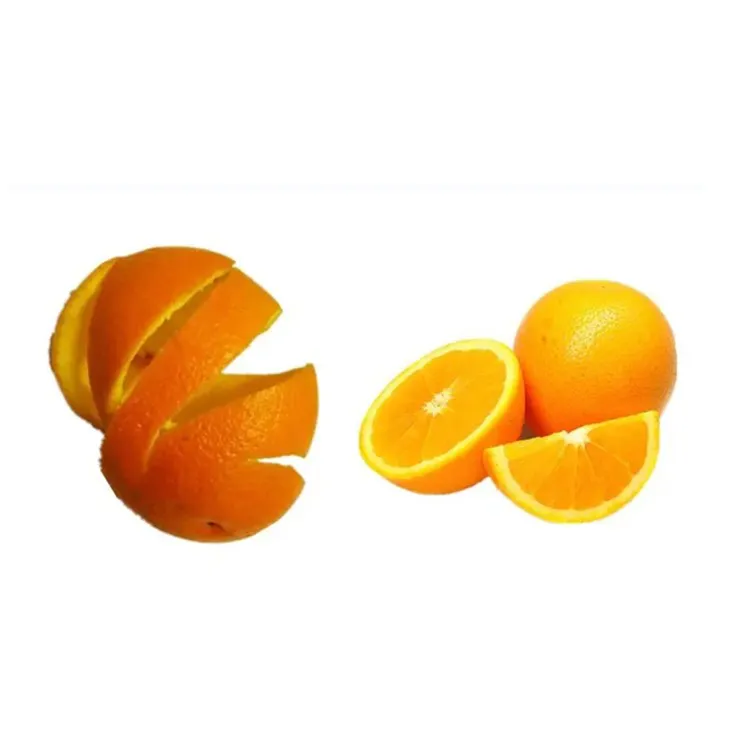
Clinical Guidelines and Recommendations
Hesperidin (typically as MPFF with diosmin) is endorsed in clinical guidelines across Europe for:
Chronic venous disease (CVI stages C0–C4)
Symptomatic varicose veins
Acute and chronic hemorrhoids
Most recommendations focus on symptom relief, improved quality of life, and enhancement of response to other treatments such as compression stockings or, if indicated, surgery.
Safety Profile and Side Effects
Hesperidin is considered safe for most adults at recommended therapeutic doses. Reported side effects are mild and infrequent, including:
Gastrointestinal upset (nausea, diarrhea, abdominal pain)
Skin rash or allergic response (very rare)
Headache
No serious adverse effects have been documented in clinical use, even with prolonged therapy. Hesperidin is not habit-forming and does not interact strongly with common medications.
Precautions:
Pregnant or lactating women: Use only under medical supervision—current data show no major risks but are limited.
Children: Generally not recommended without medical advice.
Allergy to citrus or medication excipients: Assess before use.
Limitations and Areas of Ongoing Research
Not Curative: Hesperidin treats symptoms and slows progression, but will not reverse severe venous or vascular disease. Lifestyle changes and possible surgical interventions remain important.
Variable Effect: Individual response depends on severity, compliance, and co-existing health factors.
Emerging Applications: More research is required to establish efficacy in cardiovascular, immune, neuroprotective, and metabolic settings.
Practical Advice for Patients and Practitioners
Discuss With a Healthcare Provider: Before starting hesperidin, especially for chronic or severe symptoms, consult a physician or vascular specialist.
Combine With Other Treatments: Enhance outcomes with compression stockings, leg elevation, exercise, and dietary changes.
Monitor for Improvement: Track symptom changes and report persistent or worsening issues to a healthcare provider.
Do Not Substitute: Hesperidin is an adjunct—not a replacement—for essential medications, especially in cardiovascular or diabetic populations.
Conclusion: Hesperidin’s Role in Modern Medicine
Hesperidin is a well-researched bioflavonoid medication offering clear benefits in the management of chronic venous disease, varicose veins, and hemorrhoids, with additional roles in supporting vascular integrity, immune balance, and inflammation control. Its excellent safety profile and synergy with other natural and pharmaceutical treatments make it a valuable tool for patients and practitioners seeking non-invasive symptom relief, improved microcirculation, and enhanced overall vascular health.
As ongoing research expands its potential applications, hesperidin exemplifies the growing bridge between traditional botanical remedies and scientifically validated medical care—offering natural support for some of the most common symptomatic conditions faced today. Proper use, medical guidance, and integration with comprehensive health management are key to maximizing its therapeutic benefits.
Green Sky Bio provides the best extracts and supplements. It is a Chinese self-developed brand that is trustworthy! Welcome to email us to inquire about our products.
- ▶ Hesperidin
- ▶ Citrus Bioflavonoids
- ▶ Plant Extract
- ▶ lycopene
- ▶ Diosmin
- ▶ Grape seed extract
- ▶ Sea buckthorn Juice Powder
- ▶ Fruit Juice Powder
- ▶ Hops Extract
- ▶ Artichoke Extract
- ▶ Mushroom extract
- ▶ Astaxanthin
- ▶ Green Tea Extract
- ▶ Curcumin
- ▶ Horse Chestnut Extract
- ▶ Other Product
- ▶ Boswellia Serrata Extract
- ▶ Resveratrol
- ▶ Marigold Extract
- ▶ Grape Leaf Extract
- ▶ New Product
- ▶ Aminolevulinic acid
- ▶ Cranberry Extract
- ▶ Red Yeast Rice
- ▶ Red Wine Extract
-
Clove Powder
2025-09-25
-
Genistein
2025-09-25
-
Chasteberry Extract
2025-09-25
-
Soy Extract
2025-09-25
-
Berberis aristata Extract
2025-09-25
-
Maitake Mushroom Extract
2025-09-25
-
Hesperidin
2025-09-25
-
Yohimbine Bark Extract
2025-09-25
-
Marigold Extract
2025-09-25
-
Pueraria Lobata Extract
2025-09-25











